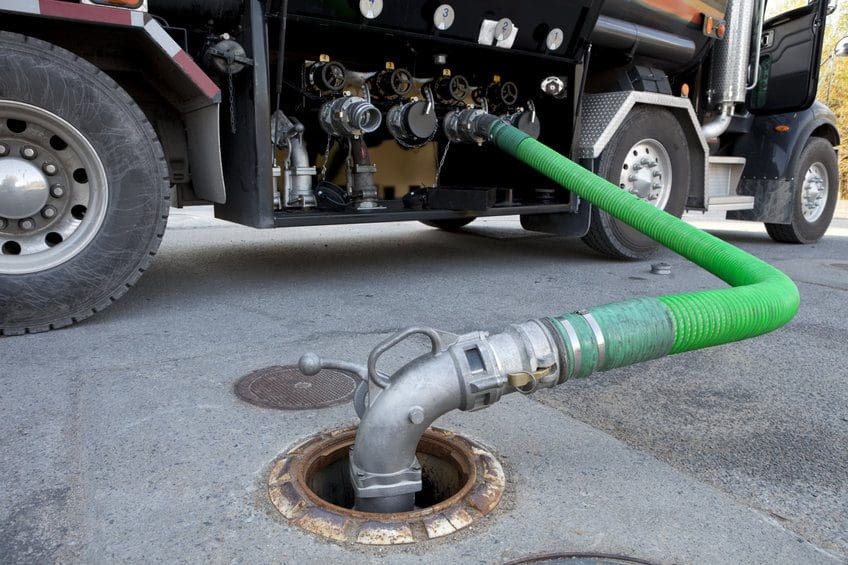Cushing, Oklahoma sits about halfway between Oklahoma City and Tulsa, a few miles north of Interstate 44. In most cases, you probably would not plan to go to Cushing. However, if you were a barrel of crude oil, you just might end up there because Cushing is a major delivery point for crude oil in the U.S.
Crude oil is bought, sold, traded and stored in large tanks at Cushing. When inventories are high, crude oil prices drop. When inventories are low, oil prices rise. Of course, that is an oversimplification, but traders keep a close watch on activities at Cushing.
Currently, inventories are low and traders are bullish on oil prices, which ranged from $82 to $85 per barrel this week for West Texas Intermediate.
The Energy Information Administration at the U.S. Department of Energy tracks crude oil inventories throughout the U.S., which includes oil stored at Cushing. EIA reported a slight increase in inventories of 4 million barrels this week raising nationwide inventories to 430.8 million barrels, but 62 million barrels lower than the same period last year.
There are other indications that oil inventories are declining.
Saudi Aramco CEO Amin Nasser said this week there is a huge concern that “spare capacity is shrinking” globally.
The supply deficit in oil markets could worsen in 2022 if the coronavirus pandemic eases and more people fly, he said.
“If there’s aviation pick up next year, that spare capacity will be depleted,” he said. “It’s now getting to a situation where there’s limited supply — whatever is left that’s spare is declining rapidly.”
The industry points out that attempts to cease investment in the development of future oil reserves and infrastructure by climate activists, financial institutions and governments will result in less petroleum and potential shortages in the future.
Countries in the European Union are in the process of implementing laws and regulations with the goal of reducing carbon dioxide emissions, which involves reducing oil, natural gas and coal usage. However, demand has increased while energy supply has declined causing prices to rise.
Many countries have tried to soften the impact of rising prices by implementing subsidies to consumers. Some countries seek further changes. Greece and Spain want to establish a common platform to purchase natural gas. France believes the design of the power market needs further review.
Shortages of sources of energy, especially fossil fuels which supply 85% of the world’s energy needs, create many problems for global leaders. The EU will be meeting to discuss the current situation and possible solutions. Will they be able to withstand the heat when the temperature from consumers begins to rise?
Alex Mills is the former President of the Texas Alliance of Energy Producers.
Alex Mills is the former President of the Texas Alliance of Energy Producers. The Alliance is the largest state oil and gas associations in the nation with more than 3,000 members in 305 cities and 28 states.
Oil and gas operations are commonly found in remote locations far from company headquarters. Now, it's possible to monitor pump operations, collate and analyze seismic data, and track employees around the world from almost anywhere. Whether employees are in the office or in the field, the internet and related applications enable a greater multidirectional flow of information – and control – than ever before.












